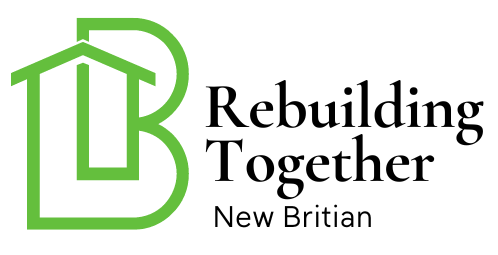Aging brings about changes that can make a once-safe home hazardous for seniors. To rectify this, there are grants for senior home modifications designed specifically to ensure safe environments for elderly individuals. Understanding how to avail these funds can be beneficial for families and caregivers looking to make a loved one’s home safer without financial strain.
The main aim of these grants is to modify homes so seniors can age in place, maintaining their independence while staying safe. Most of these grants for senior home modifications cover expenses related to adjustments that increase accessibility and reduce risks of falls and other home-related accidents.

Understanding Home Modifications for Seniors
Home modifications refer to making changes and adjustments to an existing home to meet the specific needs of individuals who face physical challenges due to aging. These changes can range from minor adjustments to major remodels. Learn more about certified aging-in-place specialists who can help guide these transformations.
Examples of modifications include installing grab bars, widening doorways, ensuring proper lighting, and improving bathroom accessibility. These modifications not only enhance safety but also promote mental well-being by alleviating the stress associated with potential accidents. For more information on stress-reducing design, see how safe design can reduce stress.
Why Seek Grants for Home Modifications?
Grants are a practical choice because they help cover the costs of modifications, thus alleviating the financial burden on seniors or their families. Many are unaware such assistance exists, allowing them to make necessary changes that sustain independent living without financial constraints.
Additionally, grants often address the most crucial modifications, which can greatly enhance the quality of life for seniors. Implementing changes like adding video doorbells or motion sensor lights substantially increases a senior’s security.
Types of Modifications Covered by Grants
Most grants cover modifications that directly improve accessibility. These can include:
- Ramps and stairlifts installation
- Bathroom modifications such as walk-in showers and handrails
- Door threshold removals suitable for walker and wheelchair access, as shown in this guide on proper door threshold removal.
- Widening doors for wheelchair access
- Stronger lighting in entryways and rooms
Finding the Right Grants
The key to successfully securing funding is researching the correct grants and understanding the application process. There are various resources available, including government programs, nonprofit organizations, and community groups that focus on senior well-being. Comprehensive resources on senior grants can be found at SafeWise’s resources on senior safety.
Government programs such as Medicaid, HUD Housing grants, and the Department of Veteran Affairs offer dedicated funding opportunities for qualified seniors needing home modifications.
Application Process
Once you’ve identified potential grants for senior home modifications, understanding the application process is crucial. Ensure all paperwork is thoroughly completed and deadlines are met. Gathering necessary documents such as income statements and proof of ownership is integral.
Engage with a professional for assistance if necessary, to ensure all criteria are met and questions are answered accurately to increase the likelihood of approval.
Common Eligibility Requirements
Although different grants might have specific requirements, common eligibility criteria often include:
- Age threshold requirements, such as 62 years or older
- Proof of income, ensuring it falls below a specified limit
- Ownership or residency proof of the property to be modified
Impact of Grants on Senior Life Quality
By facilitating safer living spaces, these funds significantly improve seniors everyday lives. Modifications diminish risks and encourage confident navigation within the home. Moreover, they create environments conducive to social activities, fostering mental and physical health.
The Future of Home Modifications
As awareness and demand for aging-in-place solutions rise, more funding opportunities are anticipated to emerge. The trend is shifting towards senior-centric designs with increased emphasis on integrating technology such as smart home devices.
Staying informed and proactive is essential for families to adapt to evolving environments that meet the needs of senior individuals effectively.

FAQs on Grants for Senior Home Modifications
What types of home modifications can be funded?
Grants can fund various modifications, including installing ramps, modifying bathrooms, improving lighting, and widening doors. They focus on changes that enhance safety and accessibility.
How does one find available grants?
Research through government programs, nonprofit organizations, or community groups. Checking online resources like SafeWise can also provide valuable insights.
Are there any income limits for applying for these grants?
Yes, many grants have income eligibility requirements to ensure aid is directed to those in need. Typically, proof of income must be provided during application.
This article contains affiliate links. We may earn a commission at no extra cost to you.

